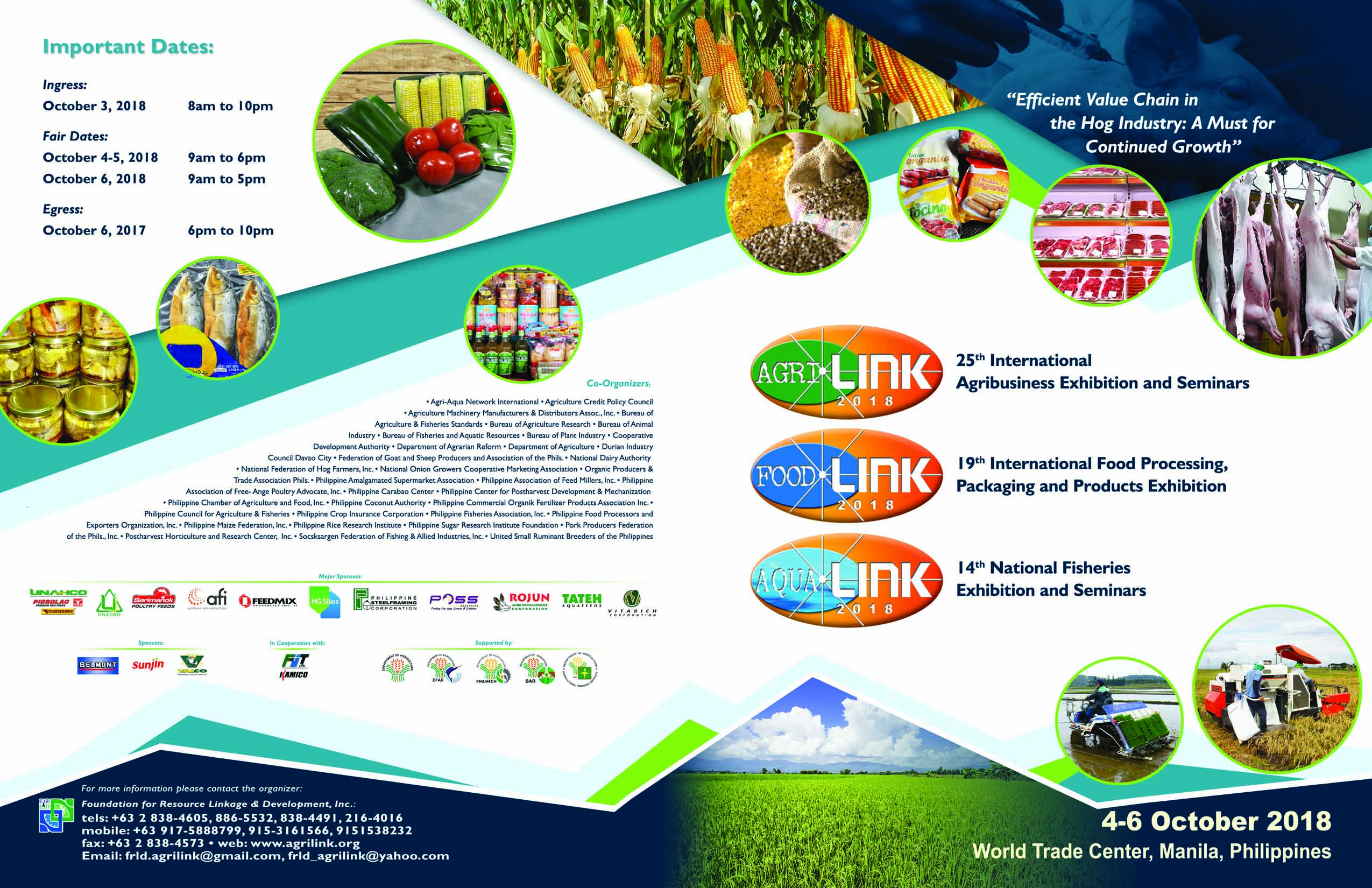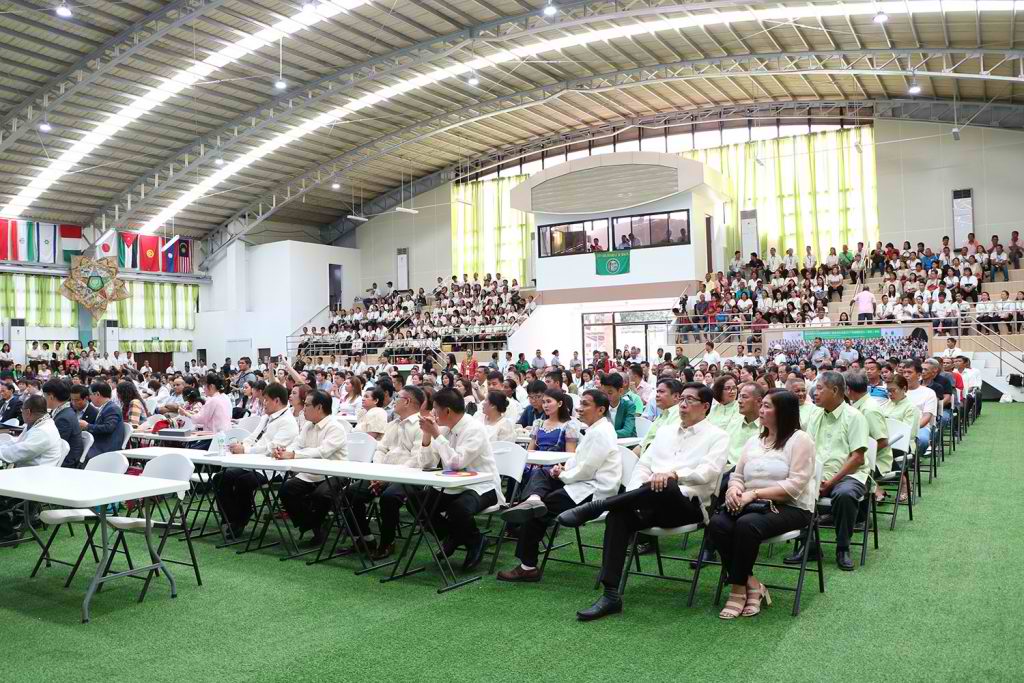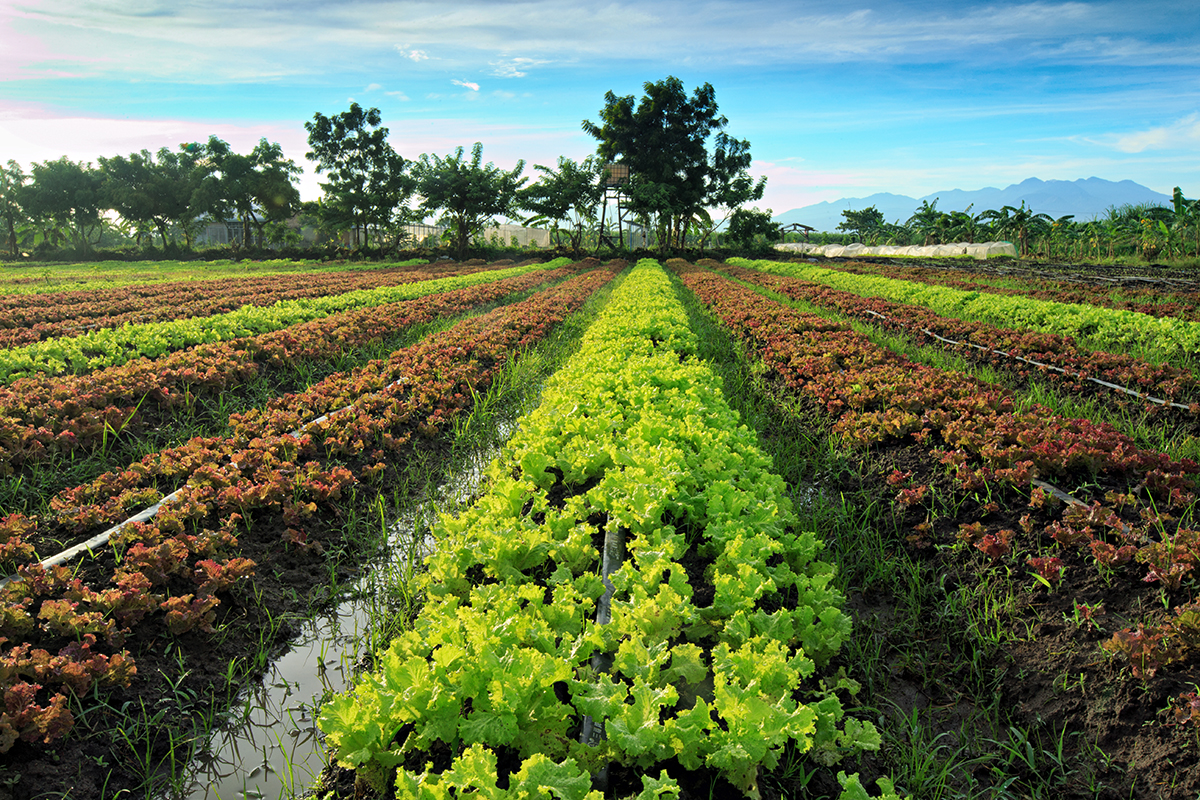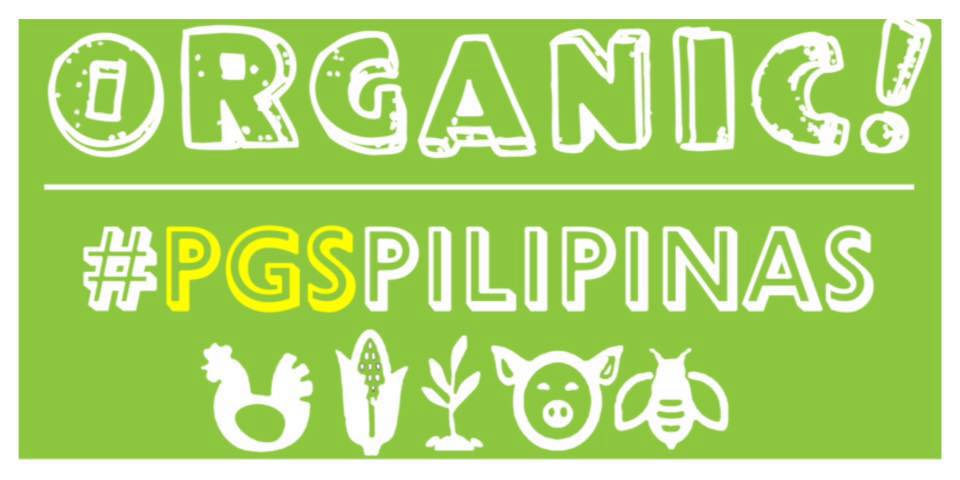Two studies were conducted on the use of solid and microbial fertilizers on rice for four cropping seasons (June to October 2010, January to April 2011, June to October 2011 and January to April 2012) at the RM-CARES experimental area, Philippines. One study was conducted in a converted organic area certified organic by Organic Certification Center of the Philippines (OCCP) and the other one was in an area undergoing conversion for two years. The objectives of the study were to formulate organic fertilizer inputs and test for their efficacy; determine the best solid organic fertilizer; and test the best combination of solid organic fertilizer inputs and microbial nutrient sources for organic aromatic rice production. Two solid organic fertilizers namely vermicompost and RM-CARES organic fertilizer were used in the main plot and six microbial and organic fertilizer teas namely; EM vermi tea, manure tea, RM-CARES OF tea, EM + vermi tea and EM + RM-CARES OF tea were used in the subplots. Results showed that in both converted and under conversion organic areas, the computed grain yield (t/ha) of CL-1 was significantly influenced by solid organic fertilizer with different microbial and organic fertilizer tea application. Interaction effects of solid fertlizers, vermicompost and RM-CARES OF in combination with EM+ RM CARES OF tea of EM + vermi tea produced the highest average grain yield of 3.57 t/ha (WS) and 2. 94 t/ha (DS) in under conversion area. Similar interaction effects were observed on fully converted organic area obtaining computed yield of 2.26 t/ha (WS) and 3.23 t/ha (DS) implying both vermi-compost and RM-CARES organic fertilizers performed best when combined with EM+RM-CARES OF tea or with EM+vermi tea. The application of different microbial and fertilizer tea augmented the nutrient released slowly from solid OF. Hence, it is very important that during the process of conversion, the use of organic fertilizer must be supplemented with foliar sprays such as EM + RM-CARE OF tea or with EM + vermi tea or its equivalent organic foliar fertilizer.




